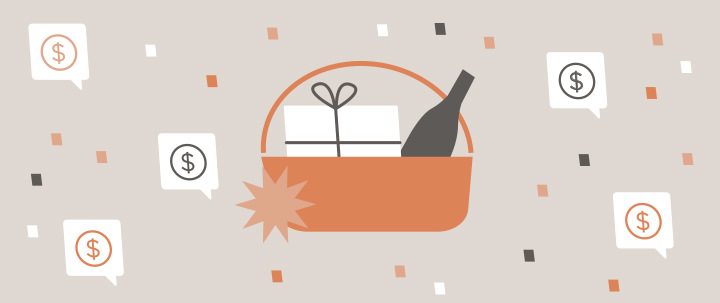
Silent Auction Best Practices for a Successful Event
There is no right or wrong way to host a silent auction. Like organizing any other event or throwing a party, the way to manage the affair is quite subjective. While there aren't any hard-and-fast rules to stick to, there are a number of guidelines - or best practices - which, when adhered to, will make the execution of your silent auction that much smoother.
In this article we're going to discuss a number of different best practices that you can use for your silent silent auction. Let's dive in.
Create and encourage bidding wars whenever possible
Bidding wars are not as hostile as they sound. They refer to the process of friendly rivalry between two or more bidders at an auction as they try to outbid each other to win and buy an item.
Bidding wars are great for rapidly raising the price of an item. This allows you to sell an item for the highest possible price and raise as much money as you can your charity or cause,
To encourage a bidding war, you need to set an attractive starting price and low bid increments.
A good starting bid price should be about 30% - 40% of the item's fair market value (FMV).
As far as bid increments go, there's no precisely correct figure, but there is an optimal zone to aim for that is different for every item.
You will discourage bidding if the bid increments are too high, but if they are too low, then the item likely won't be sold for its FMV.
You need to find the optimal bid increment that encourages attendees to bid without plateauing at a suboptimal price.
Allow guests to register themselves ahead of the silent auction
Knowing how many guests are attending your silent auction ahead of time can help you distribute your time and resources more effectively.
This will not only allow you to know how many staff you will need for your event, but it will create a faster checkout process once all items are sold.
Using an app like BidWell for your next silent auction allows you to easily register guests for your event way ahead of time.
Registration also provides a way of introducing the rules of your auction before any bids are made.
Which leads us to our next best practice:
Ensure that you have auction rules in place
Every silent auction should have a set of rules that guides the actions of bidders. These rules might look something like:
- Right to change items: Items may be added to or withdrawn from the auction without notice.
- All sales are final: Items are sold as they are, sales and final and no exchanges are permitted.
- No refunds: Once an item has been successfully purchased there can be no refunds. Guests are responsible for the items once they have been claimed.
Offer a buy-it-now option
A buy-it-now option is an excellent way of selling an item well above its FMV to an attendee who knows precisely what they want and are willing to pay for it.
Since the goal of a silent auction is to raise as much money per item as possible, it's good to set the buy-it-now price anywhere from 150% - 200% of the item's FMV.
It's not a good idea to offer this option for every item on auction. Generally, you should only offer a buy-it-now option on times that are extremely unique or rare, have a high emotional appeal, or are one-of-a-kind experiences.
Another good tip is to ensure that any buy-it-now items are advertised before your silent auction starts so that you can create a sense of urgency for your bidders.
Best practices make for the best auctions
Though silent auction best practices are often more guidelines than strict and rigid rules, they can help your event and the bidding process stay on track and progress as smoothly as possible.
If you have any questions about silent auction best practices, please don't hesitate to get in touch at support@bidwell.auction.
